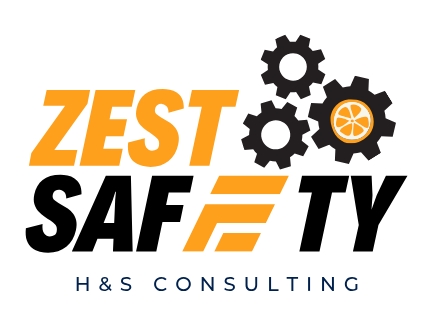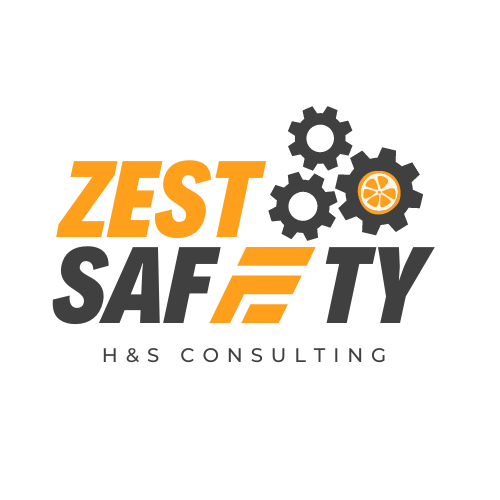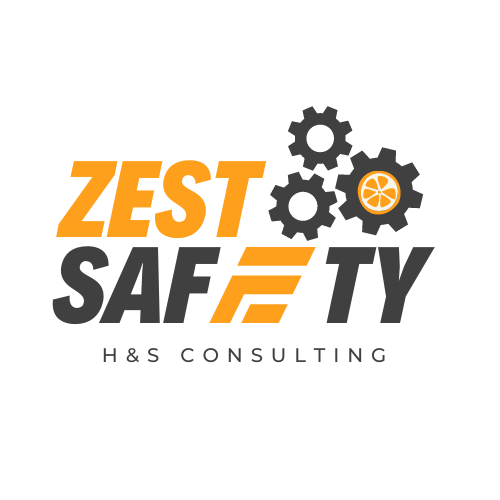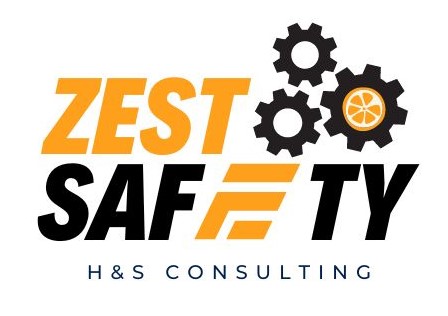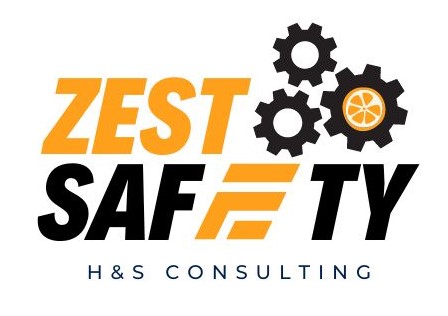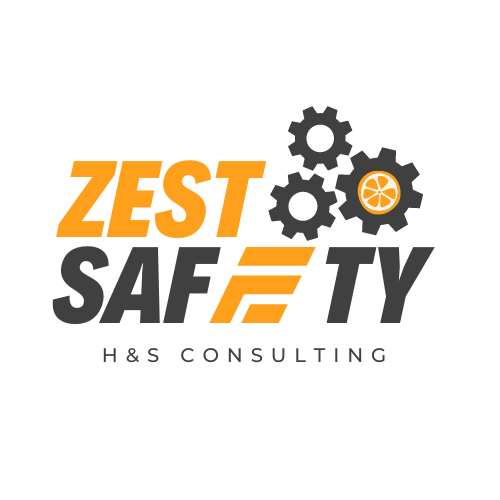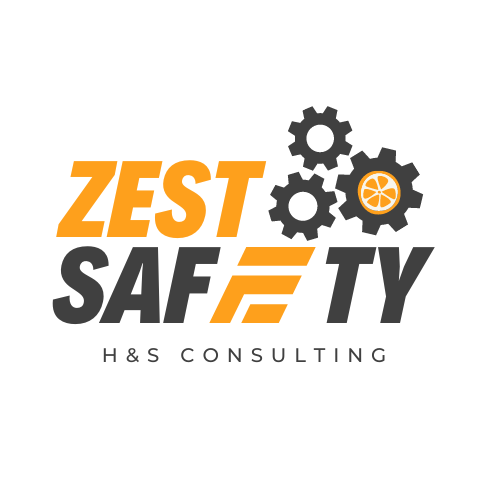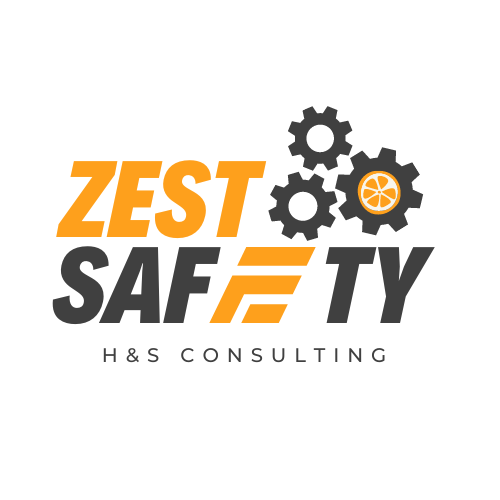Overview
-
Site conducted
-
Address Location
-
Conducted on
-
Inspection Completed by
Electrical Risks
-
Are electrical sockets free from overloading? (Ensure that portable power boards are not connected to each other (i.e. avoid 'daisy chaining' by plugging one power board into another, and check that only single appliances are connected to each socket. Extension leads should be plugged directly into the wall outlet and not plugged into a power board).
-
Are electrical cords free from trailing across the floor where they may be stood on and potentially damaged? (note that cords that are 'taped over' or taped to the floor are only suitable for a short duration (couple of days maximum), not a long-term solution).
-
Check the stores display cabinets - are all the cabinet lighting electrical power adaptors (the 'power brick' usually in the middle of the cable) attached and secured to the inside or outside of the cabinet so that they are not dangling freely (putting stress on the cable)?
-
Check on the inside of display cabinets and check that the power adaptor (the power brick) is not on the base of the cabinet or in a location where other items could be stored on top of it (causing overheating to the power adaptor and potential fire risk).
-
Check that there are no exposed electrical cables anywhere (exposed wiring), or damaged outer sheath to the wiring.
-
Check equipment in the storeroom and check that all power adaptor (power brick) to computers, phone chargers and other electrical equipment is not in a location where other items could be stored on top of it (causing overheating to the power adaptor and potential fire risk).
-
Are all portable electrical equipment power cords and extension leads free from any damage such as exposed wires, damaged cables, cables pulled slightly out from the plug, damaged plugs etc? Alternatively, if 'testing and tagging' has occurred instead and the equipment is within the test date, mark the question response as "yes". (Portable electrical equipment is anything that can be moved around e.g. computers, laptops, printers, kettle, fridge, microwave, chargers, portable fans, portable heaters, vacuum cleaners, extension leads, power boards etc.
-
The main electrical switch board is secured from being opened (if in a public area of the store)?
-
If the main electrical switchboard is located in the back room or storeroom area, is the door either locked to prevent unauthorized access, or, if unlocked, is there full protective shielding around all electrical components (including cables, busbar, and contacts) to prevent accidental contact? (Note: A busbar is the live metallic strip or bar behind fuse carriers that distributes electricity within the switchboard. By law, it must be shielded to prevent accidental contact).
-
Are all electrical appliances (e.g., printers, computers, scanners, heaters, fans, vacuum cleaners etc) in good working order and free from visible damage?
-
Are all wall sockets free from any signs of damage, cracks etc?
-
Are any electrical appliances, chargers, or power adaptors showing any signs of overheating?
Emergency Response
-
Are evacuation routes clearly marked and unobstructed (by equipment, merchandise, a recent delivery etc)?
-
Are all exits properly labeled and illuminated?
-
Are all exit doors (not just Fire-doors) able to be unlocked from inside and free of barriers or blockages to ensure that occupants can leave the building in the event of an emergency (NZ Building Code and Fire & Emergency Regulations Requirements). Note: check the door opens easily; check the other side of the door if this opens out into a public area, alleyway etc and check that nothing is blocking the exit route.
-
Has a safe assembly point been identified outside the store?
-
Are all staff aware of the designated assembly point? (Ask those on duty at the time)
-
Are all staff members aware of how to trigger the alarm in case of an emergency? (Ask those on duty at the time)
-
Have all staff members received awareness training on emergency evacuation procedures, such as the annual toolbox talk? (Check records)
-
Are staff aware of their roles during an emergency evacuation and who will be the emergency warden? (Ask those on duty at the time)
-
Have regular trial evacuation drills been conducted? (6-monthly legal requirement in NZ), and have these been documented? (Check the records of the trial evacuations)
-
Are there plans in place to assist customers with disabilities or other special needs during an evacuation?
-
Is there an emergency response plan, updated in the last 2-years, and is it specific to this store?
Fire Response
-
Are fire extinguishers and fire hoses (if fitted) easily visible, accessible, and not blocked by equipment, boxes, or other items? (Note there must be free access to all extinguishers and fire hoses).
-
Are fire extinguishers and fire hoses (if fitted) properly maintained and checked within the required testing dates? (Check - there must be a yellow tag showing it has been inspected by a suitable qualified person annually and physically pressure tested every 5-years from new).
-
Is there a sign above each extinguisher to indicate the location of the extinguisher, and the sign is for the correct type of extinguisher (e.g. dry powder, CO2, water, etc)?
-
Are the manual call points (the break-glass alarm panels) in good condition, not blocked or covered by anything, and appear operable?
-
Are smoke detectors fitted and in good working order? (If they are part of the building alarm system mark the question as 'yes' and add notes, otherwise test the alarm by pressing the 'test' button on the smoke alarm).
-
Are combustible materials (e.g., cardboard boxes, paper) stored away from heat sources or electrical outlets?
-
Is storage in the stockroom well-organized, with items stacked in a way that doesn’t obstruct sprinklers or ventilation?
-
Are portable heaters, if used, positioned away from combustible materials and not left unattended?
First Aid
-
Is there a first aid kit available and fully stocked?
-
Is there a sign to indicate the location of the first aid kit that is clearly visible? (mark as 'N/a' if the first aid kit is in a visible location and the location is obvious for all to see)
Racking & Shelving
-
Is all of the racking or shelving securely fastened to the wall (or another stable structure) to ensure that there is no risk of it detaching or toppling over?
-
Is racking or shelving in good condition with no damage or warping etc?
-
Are shelves and racks properly organized to prevent products from falling onto the floor?
Ladders
-
Ladders are available for workers (will be required if anyone has to lift boxes above shoulder height)?
-
Are all ladders in good condition; are the steps and treads of the ladder are free from damage or excessive wear?
-
Is the ladder stable and secure on the floor, without wobbling or shifting when in use?
-
Are the feet of the ladder in good condition, providing non-slip contact with the floor?
-
Is the ladder rated for the intended weight load, including the user and any materials being accessed, and there is a sticker on the ladder indicating that load weight limit? (150 KG ladder rating is recommended for commercial premises).
-
Is the ladder stored safely when not in use, away from high-traffic areas to prevent tripping hazards?
-
Is the ladder free from any modifications or temporary repairs that could compromise its safety?
-
Is the height of the ladder appropriate for safely reaching the required shelves without overreaching?
-
Is there a ladder use procedure document posted nearby for workers to refer to?
Slips, Trips or Fall
-
Are all walkways and aisles free from clutter, including products, boxes, power cords and debris?
-
Are all floor surfaces clean, dry, and free of spills, especially in high-traffic areas?
-
Are any changes in floor level (e.g. steps or ramps) clearly marked and easily visible?
-
Are warning signs or barriers in place (or available for use) where wet floors or potential hazards exist?
-
Are handrails provided and in good condition for any stairs or steps in the store or storerooms?
-
Is there adequate lighting in all areas, including storage rooms and stairways?
Housekeeping
-
Vapes and other battery powered equipment are securely stored, and none can be found at floor level where they could be accidentally stood on or crushed? (Note there is a fire-hazard from lithium batteries when they are compressed).
-
An inspection reveals there are no broken vapes or spilled liquids from vapes anywhere in the store or storeroom? (Note: spilled liquid from vapes can be a minor chemical hazard and may include nicotine exposure).
-
All areas are clean and tidy?
Manual Handling
-
Are heavier boxes stored at an appropriate height to minimise the need for bending or overreaching? (ideally between knee-to-shoulder height).
-
Are employees provided with awareness training on proper lifting techniques?
-
Are storage areas organised well and kept sufficiently clear to prevent awkward lifting or carrying of boxes? (Lifting should not involve lifting sideways, or overreaching).
Personal Safety/Security
-
Have all staff been advised on the company's de-escalation techniques to manage aggressive or difficult customers? (Ask those staff on duty)
-
Is there adequate lighting both inside and outside the store to deter theft and provide a safer environment for staff and customers?
-
Is there a clear policy in place for handling situations involving age-restricted products (e.g. verifying IDs, refusing sales to underage customers) and have all workers been advised of the policy? (Ask those on duty)
-
Is there signage clearly visible to the public stating that age-restricted products will not be sold to minors, and that ID is required for purchase?
-
Is there a panic button or other emergency alert system available to staff, and is it accessible in case of aggressive customers or theft attempts?
-
Is the door to the storeroom effectively a security door and workers cannot be locked inside (e.g. only a handle on the inside (storeroom side), and the door is able to be locked from the inside)?
-
Is there a protocol in place for locking up the store securely at the end of each day, including checking all entry points and securing valuable products, and are the staff aware of the protocol? (Ask those on duty)
-
Are age-restricted products, such as vapes, stored securely and only accessible by authorized staff? (Check that all cabinets are locked)
Facilities
-
Are the facilities in clean and hygienic condition? (Check that toilets, handwash basins, fridges, drinking water, and kitchenette areas are sufficiently clean, there is soap and hand-drying options available - this is a this is a requirement of the Health and Safety at Work (HSW) Regulations.
- Yes
- No
- N/A
-
Are all facilities, including drinking water, toilets, hand-washing basins, and fridges, in good working condition?
-
Does the toilet area have a functioning lock on the inside of the door? (Requirement under the HSW Regulations)
Sign-off
-
Signature of Person completing the inspection
